Best Hypermiling Techniques
"We list our top tips for Hypermiling and saving fuel."
With the exorbitant rise of fuel prices, a lot of drivers are looking to maximize every drop and get as much mileage as they can out of it this brings us to the topic of hypermiling.
So in this article we are going to answer the questions...
How do you hyper mile what are the benefits of hypermiling and what methods can you use to make sure that you get a lot more miles from your tank.
We're also going to look at a lot of the common pitfalls and we're going to discuss some of the common areas where drivers are wasting fuel unnecessarily.
At the end we're going to look at some mods that you can do to your car that will increase your fuel economy and maybe some of these are things you haven't even thought could make a big difference.
What is Hypermiling?
Hypermiling is the act of extracting as many miles from each liter of fuel. Most drivers get far less than the quoted MPG figures but Hypermilers can usually exceed those figures. It involves adjusting your driving technique, a fastidious care of your car, and application of a few sensible mods that will make the engine more efficient.
Please watch our video which covers hypermiling tips and techniques. Be sure to keep up with our latest YouTube content and subscribe.
Best Hypermiling Techniques & Tips
- Good anticipation - Aim to Keep the car moving avoiding braking
- Light throttle inputs, avoid heavy throttle usage
- Selecting the right gear for conditions
- Ease off throttle on hills and follow other cars without getting too close
- Use the correct grade of fuel - high octane if your car is setup for that.
- Reduce weight - cut out any unnecessary clutter from your car
- Remove roof bars/boxes
- Avoid aircon and other power drains (heaters, radio, lights if safe to do so)
- Open a window instead of using the aircon, and turn on the blowers to keep cool.
Hypermiling 101 - primary technique
So with hypermiling the key thing is the anticipation of the road ahead if you use your brakes you're dissipating forward momentum as heat and you're wasting all of that energy so you do need to try and avoid using your brakes.
Obviously, you do need to use your brakes and I won't advocate getting your brakes removed from your car or just refusing to use them.
Minimize your use of them so with anticipation looking at the road ahead you can ease off the throttle in good time so the car's momentum is automatically slowed.
You're not wasting that fuel or that momentum trying to keep the car rolling as well is a good idea.
Keep the car moving
You'll notice that if you ever push a car it takes a lot of effort to get the car rolling but once it is it takes less effort to keep it going.
So in traffic where it stops start if you can avoid the stop-start nature of that traffic as much as possible you'll see better fuel economy just by keeping the car rolling you don't have to overcome the inertia of the car to start with.
Graduated & Light use of throttle
Some drivers I've noticed that the gas pedal /accelerator in their mind is either on or off there doesn't seem to be that halfway position and all the subtleties of control.
It's a great way of losing a lot of fuel economy the amount of fuel going into your engine is directly proportional to the position of the throttle.
If you can use a light throttle maybe keep your throttle position between a third and a half as much of the time as possible there will be occasions where you need to use more than that.
You will get benefits in terms of fuel economy you won't be wasting fuel to maintain the momentum and it does make a lot of sense to just choose the right gear for the speed that you're traveling at the engine has got an rpm range.
And there's generally a peak power band part of the engine and if you can keep the rpms at that peak point you're getting the maximum efficiency from the engine.
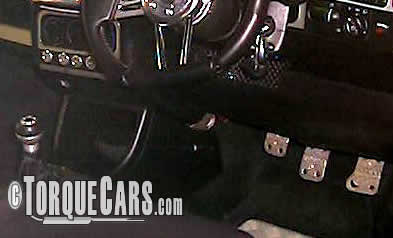
Choosing The Correct Gear
So it's a bit of a myth to think about driving in very low gears all of the time to keep the rpms as low as possible because that's not the efficient point of the engine.
Just by going a little bit faster on the rpms you start to hit that zone where the engine is designed to give you the maximum power and maximum fuel economy and you start to see the benefits in your fuel economy in the long term.
For example in my car which does use the cylinder on demand technology i get much better fuel economy around town at 30 miles per hour if I'm in third gear compared to being in fifth or even sixth gear.
Dangers of Drafting and Slipstreaming
So serious hypermilers may well look to get as close to the car in front of them as possible and benefit from slipstreaming so their car's no longer pushing through the air the car in front of them.
That's quite dangerous especially if you're within your stopping distance so i wouldn't advocate doing that at all even with lorries.
And things a lot of drivers seem to think that the car in front has got to stop so as long as we can stop together it's all right but actually, a lot of them without realizing it is within their thinking distance.
So by the time the car has slowed up and the driver has even realized it's slowed up it's too late for them to break and they've gone straight into the back of it.
You've got to bear in mind as well that a car could potentially stop suddenly if it hit an obstruction in the road that you didn't notice it will come to an abrupt halt.
If you're building into your margin of safety the opportunity for the car in front to start slowing down and avoid something and it doesn't have that opportunity you're just going to go smack right into the back of it.
Dangers of Coasting in Neutral or With Engine Off
Other hypermilers may well look to move the car into neutral to turn the engine off to get the maximum rpms again that is dangerous don't do that the brake servo requires the engine to be turning over to do that so what will happen with your brake servo is there'll be a bit of pressure built up into it so the first time you apply the brake it will feel fairly normal.
However, the second time you use it the brake pedal will be extremely hard and it will take a lot of effort and you'll lose a lot of the pedal travel and that can be quite dangerous.
So certainly don't do that and in a lot of areas just coasting in neutral is illegal so you would want to avoid doing that so choosing the right fuel is also important.
A lot of people argue with this so this is my experience and it's the experience of a lot of people i've spoken to there are exceptions.
Fuel Choice Makes a Difference
So what I'm going to say now doesn't apply to every single car but if your car has been designed to use higher octane fuel you will get better fuel economy by using it you'll get more miles out of the tank.
Now if you drive the same there's probably an argument that that won't be the case but you're getting more power out of the engine so you need technically to use less throttle to get the same power output.
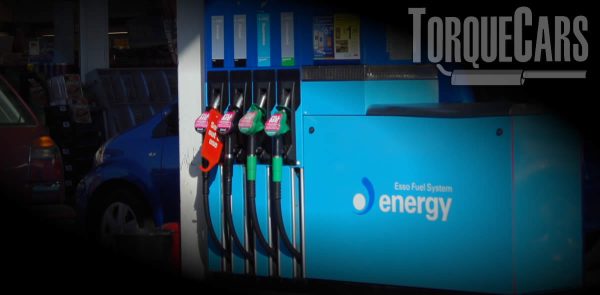
That is where you start to make the saving an engine that's running on the incorrect grade of fuel is also constantly trimming itself and may well end up running rich where extra fuel is being used but not fully utilized and again that depends very much on the engine and the design of the fuel system and the ignition system but it can make a dramatic difference.
Although the higher octane fuels often cost a little more i have found the overall cost per mile is the same or better than if I'd used the lower octane fuel and it's nice to have the extra performance there.
Weight reduction.
So if you want to take hypermiling to the next level strip out all of the weight from the car.
Empty the boot of all the rubbish & all the junk. Take out the back seats take out the spare tire..
Every kilogram of weight is wasting fuel so the lighter you can make the car the more efficient it will be and the less fuel it will use for any given journey.
You could even go on the diet and lose a few kilograms yourself it all helps at the end of the day.
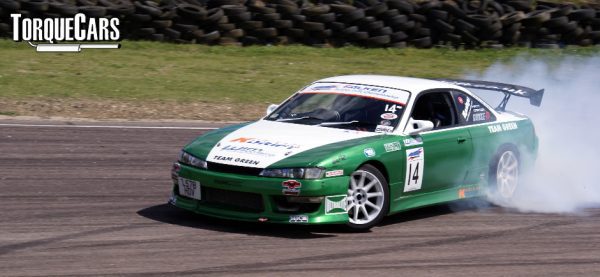
Avoid power drains.
Avoid using anything in the car that can put a drain on the battery and the alternator.
So the rear heaters the heated seats the lights they're all things that are going to take power from the engine and ruin your fuel economy if you're not careful.
Also be very judicious in your use of the air conditioning this saps an awful lot of power from the engine itself.
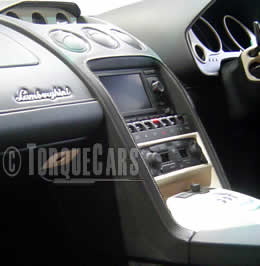
It does quite a lot of work to keep the car cool and it's usually better to just use the vents blowing air into the car or to open the window slightly.
But you've got to weigh up the pros and cons of doing that because at high speeds the windows being open can actually cause drag and rob you have a little fuel economy.
Using the recirculate option will avoid you having to cool the fresh air that's coming into the car constantly and you'll just be maintaining the low temperature of air that's in the car and you'll probably find that more comfortable.
Common Driving Mistakes that Waste Fuel
So what are the common areas that drivers fall down in when it comes to just wasting fuel well sitting in traffic is one of them.
1 Just leaving the engine running in traffic you are wasting fuel.
If it's very much stop-start you've got to think about the wear and tear on the starter of the car and cars do tend to use a little bit more fuel in that startup cycle just to get things going.
A lot of cars today come with stop-start technology so they will automatically shut the engine off if you're sitting in traffic.
The intelligent systems will look at the levels of battery that you've got and whether you've done a lot of frequent stop-starts and they will decide whether it is prudent to keep the stop-start system active or to disable it.
2 Avoid short Journeys
The other thing is just doing short journeys on a cold engine that's a great way of wasting fuel because the engine will dump more fuel into it to warm the engine up and get it up to temperature and up to speed.
So by ensuring that your journey is long enough for the engine to be warm you'll get a lot of benefits and to be frank a lot of short journeys you'd be better off just walking.
I've seen people take the car a few hundred yards down the road and get out maybe deliver something jump back in the car another couple of hundred yards get out and deliver it.
Whereas if they'd just gone on the overall time taken would have been about the same if not maybe even a little bit quicker by the time you've pulled out and parked a car depending on where you live.
So minimize those short journeys as much as possible and you'll make quite a saving in your fuel.
I would say that a massive percentage of fuel is just wasted in that warm-up cycle so the more you can avoid having that warm-up cycle on your engine the better it will be.
3 Poor Driving Techniques
I've also been with drivers that accelerate all the way up to a junction and then brake hard at the last minute to stop at the junction.
So in terms of journey time they're not really gaining anything in fact they're just wasting all that fuel keeping the momentum going because as soon as the brakes are applied all of that energy is dissipated and removed from the car so you've certainly lost out.
So when cruising on motorways you want to pick an economical speed a car uses far more fuel at 75 miles an hour than it does at 65 miles an hour.
So just by knocking 10 miles an hour or so off your journey speed you can increase your fuel economy by an order of 20% to 25%!
It really is that impressive the savings you can make just by traveling a little more slowly.
If you reduced your speed to about 55 miles an hour that for most cars tends to be the most economical point (and in my car, I can probably get up to about 65 70 miles per gallon just by restricting the speed to 55).
Whereas if I was doing 70 all the time my mpg would be dropped to about 47 to 50mpg that that sort of bracket.
So it's quite saving but you've got to then weigh out the extra journey time you may well be adding seven minutes to your journey time by dropping the speed.
Now for most people, seven minutes isn't a lot and they would rather have the extra 25 percent of fuel in the tank you've got to weigh up the pros and cons of each.
Modifications to Improve Gas Mileage
There are a few mods that you can do to the car as well that improve its fuel economy for example you could get it mapped to use less fuel.
You think about mapping generally as increasing the power but you're also controlling the ignition timing and the fuel delivery on most engines so by adjusting that you can improve the fuel economy of the car.
Annoyingly if you've got a turbo diesel engine you'll often see more power and better fuel economy when you get the car mapped so it's certainly something to think about.
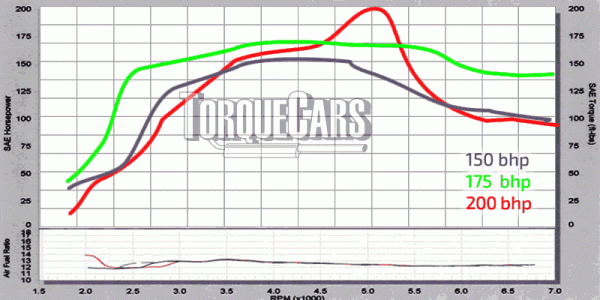
Maintaining the Car In Peak Condition
Keeping the car in really good condition as well is another great way of maintaining the fuel economy the manufacturer intended if you're way off the manufacturer's figures you're either driving it far too hard or there is some mechanical problem.
Maybe a soiled spark plug a clogged fuel injector is another common area that needs to be looked at but never skimp on the servicing of your car.
I've also found that the grade of oil that you use can make a difference to the fuel economy.
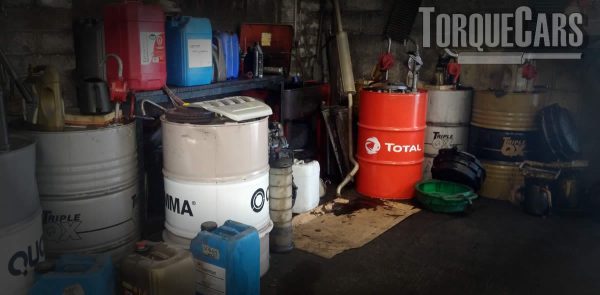
The tires you choose there are low rolling resistance tires that claim to improve your fuel economy and they genuinely do you will get one or two extra miles per gallon out of your car just by switching tires to those that have been designed for fuel economy.
Don't forget to check those tire pressures an under-inflated tire can rob you of around four miles per gallon in most cases so it does pay to just keep on top of these regular routine servicing checks.
So all of these things at the end of the day add up so you may well be looking at one of these methods as only saving a few percent of fuel or adding one mile per gallon.
Further Tips to Improve Your Hypermiling.
See our YouTube Video link based on economical driving.
Is Hypermiling Worth It?
But if you start combining methods you change your driving style you do some of these mods that improve fuel economy you can save 10, 30, maybe even 40 percent or more of the fuel you use.
Remember that a 4 mpg saving may not sound much but on a car giving you 40mpg, that equates to a 10% fuel saving. Most drivers will be well below the manufacturers claimed MPG figures so by using these hypermile techniques it should be possible to far exceed them.
And you're just avoiding those bad habits and making the car as efficient as it possibly can be so hopefully this guide to hypermiling is going to help you to get a little more miles out of your tank of fuel.
It's going to lessen those trips that you have to make to the gas station to refuel and fill up.
How to calculate MPG
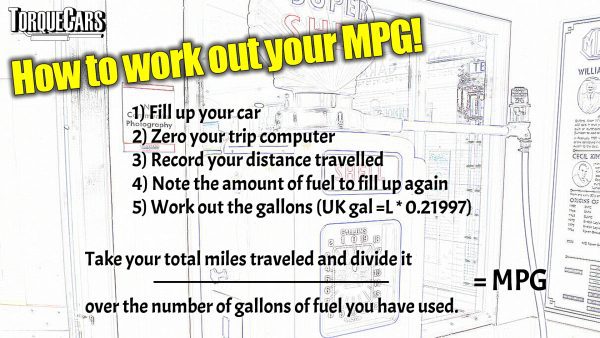
See pic above for the manual way to calculate your MPG from Litres.
Calculate your MPG Steps
- Reset your trip miles Odo when you fill up.
- Record the total distance travelled
- Note the number of litres to fill your car
- Times your litres by 0.21997 to get Gals (imperial)
- Take your total miles and divide it by the number of gallons
The really easy way is to use our MPG calculator and this will also track your last few fill ups for you.
See our YouTube Video about our MPG calculator.
So please stay tuned we've got other money-saving tips and motorists coming up and in these difficult economic times it all adds up and makes a big difference so hopefully you've enjoyed this article and related video and you haven't done so already please subscribe to our YouTube channel and our forums.
Please Check out my YouTube channel, we're regularly adding new content...
PLEASE HELP: I NEED YOUR DONATIONS TO COVER THE COSTS OF RUNNING THIS SITE AND KEEP IT RUNNING. I do not charge you to access this website and it saves most TorqueCars readers $100's each year - but we are NON PROFIT and not even covering our costs. To keep us running PLEASE Donate here
If you liked this page please share it with your friends, drop a link to it in your favourite forum or use the bookmarking options to save it to your social media profile.
Feedback - What do You Think?
Please use our forums if you wish to ask a tuning question, and please note we do not sell parts or services, we are just an online magazine.
Help us improve, leave a suggestion or tip
Please watch this video and subscribe to my YouTube channel.

 Click to accept YouTube Cookies & Play.
Click to accept YouTube Cookies & Play.